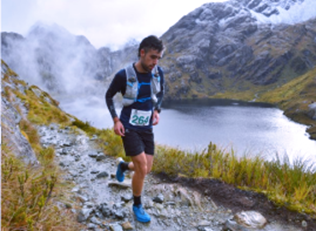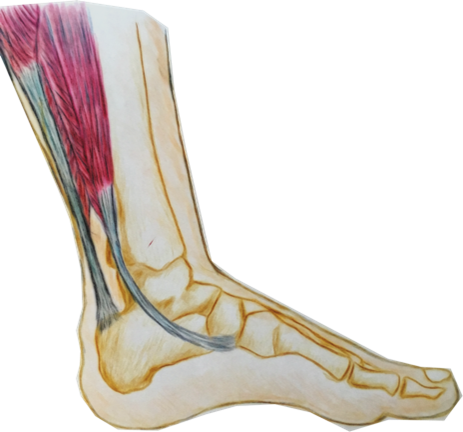
Surprising Skills That Improve With Age
Many of us associate ageing with a decline of skills and quality of life. However, the truth is not as black and white as this. While certain skills and functions do tend to suffer as we age, surprisingly there are many abilities that actually improve as we grow older.
Some studies have shown that happiness is U-shaped, proving that the mid-life crisis is real, with the ages between 40-60 holding the highest amount of stress and responsibility for adults. It seems that happiness increases steadily after this period, with the average 80 year old reporting themselves to be as happy as the average 20 year old.
There is also evidence that your beliefs about ageing can act as a self-fulfilling prophecy. If you are positive about ageing, then your experience will be more positive than if you have negative beliefs about it.
It’s not only good news about your mental health though. Studies have also shown that while your short-term memory might decline, other skills such as creativity can actually increase. One of the biggest reasons for a decline in skill and function is the disuse that comes with retirement from work. Keeping active and mentally stimulated can be enough to keep your skills up to speed.
It has also been shown that confidence grows in both genders as we age. Making decisions becomes easier as we know ourselves better and have a wealth of experience to draw on when a tricky situation arises.
Certain physical skills such as strength and agility might decline, however it seems that other aspects of physical ability might increase, including endurance. There are many triathletes who are in their 70s, 80s, and unbelievably even in their 90s. In the absence of any serious disability, it might be the case that age is an excuse rather than an actual hindrance to being active.
Verbal ability and vocabulary are also skills that improve as we age, which may explain why crosswords are so popular with the elderly. Making the most of your abilities at every age is important, so try not to let age be a barrier to trying new things and keeping active.
Physiotherapists are dedicated to helping people stay active at any age and can help you with achieving your goals. Speak to your physiotherapist for more information.












